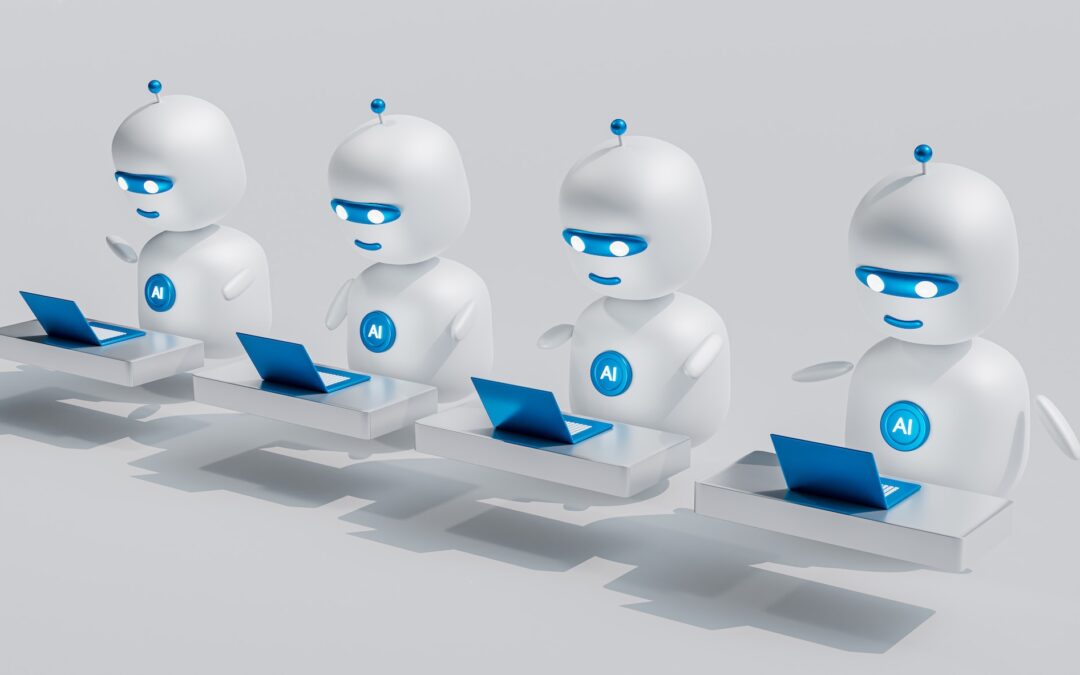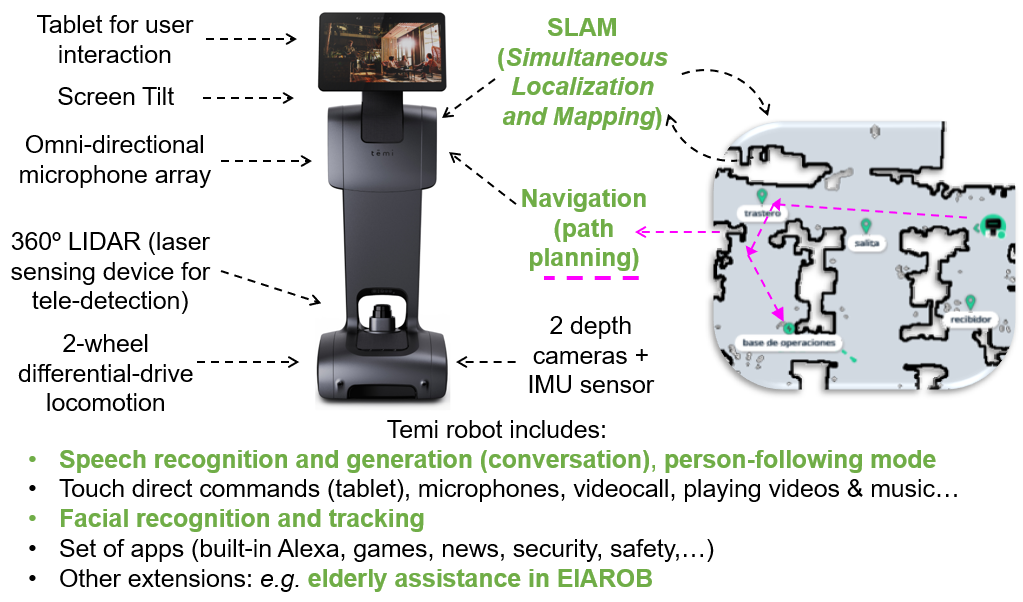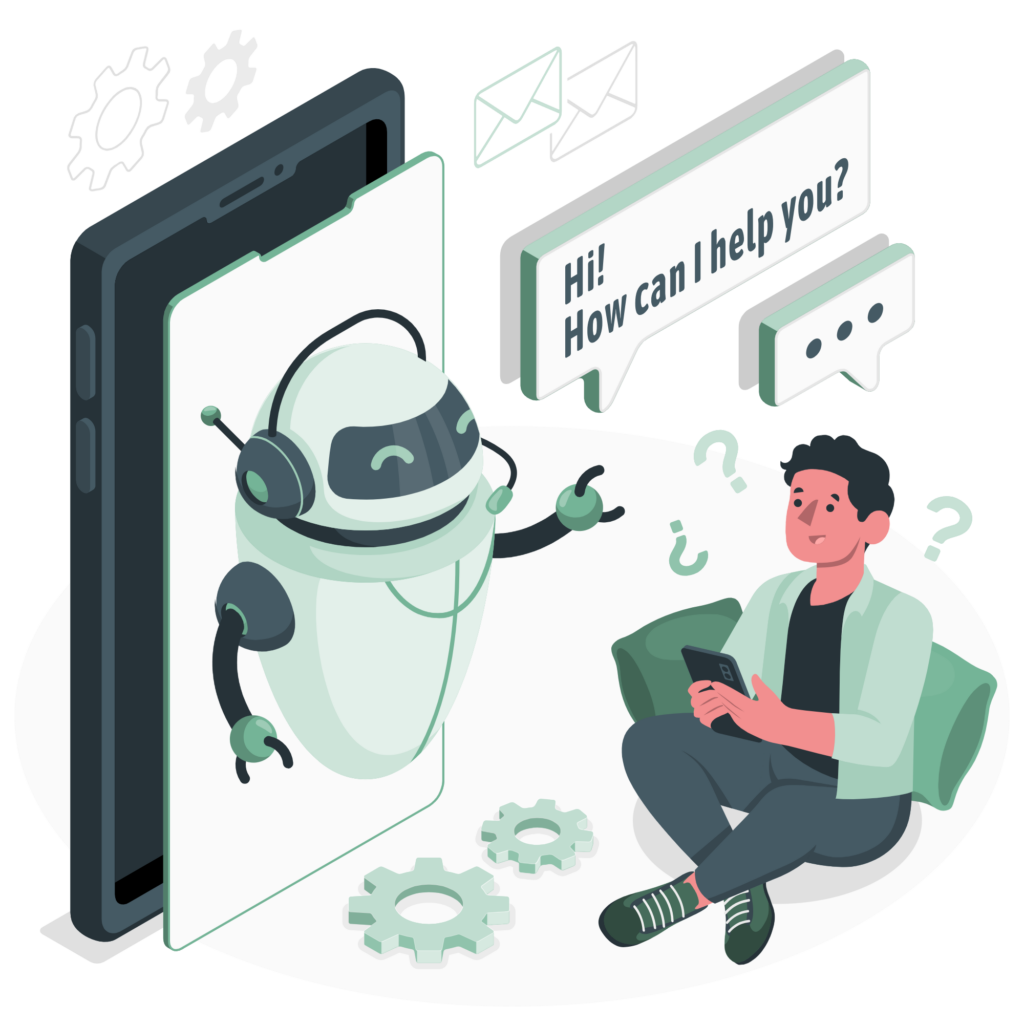
Are we talking properly about Artificial Intelligence?
What is generally understood by Artificial Intelligence – or AI?. It is a pervasive term nowadays, that appears not only in secluded and obscure academic circles hidden from the rest of society. Most of us have, to some degree, already heard the term. AI is not just-yet-another buzzword; and it is here to stay. This is not really news: many examples of success stories of AI-based systems have been hugely popularized by media (AlphaGo, DeepBlue, Chat-GPT, to name a few). The boom of Deep Learning and its application to an extremely wide spectrum of areas have also helped masively spread the word in very recent years. Because AI is transversal; AI technology is most of the time task-agnostic. This means that AI methods are susceptible to be used to support an enormous range of very different applications and problems.
And, while this is absolutely true, there is an important gap between what AI means to people working in AI research and to people outside of it (general public, policy makers, technological companies, different economic sectors…). Don´t misunderstand me, such a gap is natural: specialists in any area have their own jargon to address subjects in a specific manner compared to non-specialists. But I also think that 1) efforts to close this gap and demystify AI can have a very positive impact, and 2) this can foster a much better ecosystem for research and innovation in all economic and societal sectors, and at local, national and international levels.
Here are my two cents on this: a large part of the gap comes from linguistics. Take this opinion with a grain of salt and draw your conclusions from the AI-based systems that you might come across.
I bet you have probably heard, whether in the news, when taking to friends, or when working on a project involving AI, a statement similar to:
"This system is an AI. This AI is intelligent. The AI does this like a human specialist would"
I have three problems with these statements, and the problems are linguistic, not technological. I will explain them from a practical point of view using an example of a system that includes AI methods in a project from the area of Health and Wellbeing at CARTIF: a robot of the Temi model (called Matías) in EIAROB project, which is a social robot that will be deployed in the homes of elderly people during the project, to help monitor and accompany them, thus enhancing the people´s wellbeing, reducing solitude, and extracting information about the people´s health status and its progression for their medical professionals. In this context, the capabilities of the Temi robot are described in the following figure.

The three issues that I have with the previous statements about AI are:

- An app or an artificial system is not and AI or an Artificial Intelligence; the app or system might include elements that use AI methods or may be based on AI; AI is a field of study, as is for example Physics, Chemistry or Biology. For example, the Temi robot is not an Artificial Intelligence; it includes elements that use AI methods (in green in the figure, such as speech recognition and generation for conversation).
- Saying that an artificial system is intelligent, while absolutely valid, is a language shortcut that we must be aware of. The system might use AI mechanisms, but they don´t function in the same manner as a person said to be intelligent. An effort should be generally made in trying to avoid putting human properties on artificial systems gratuitously (anthropomorphizing). For example, saying that the Temi robot is intelligent because it can maintain conversations is a language shortcut; it includes AI (Natural Language Processing) methods that are able to interact in plain language with humans, but these methods are actually statistical, and are not an actual representation on how humans process language in their brains.
- An AI-based system delivers a function. It is possible that the system includes mechanisms, methods or algorithms that are inspired, mimic or model how humans would approach the problem. But ultimately, the system does not use the same process that humans use. It contains elements that might have been designed thinking of how humans would approach a problem (for example, based on math, statistics, logic or computations), but they make abstractions and approximations and, as such, cannot be said to do things the way humans do. For example, some of the mechanisms used by Temi robot to talk with humans are based on artificial neural networks, which is a set of AI mathematical and statistical methods that allow to recognize and generate language in the conversation. Such artificial neural networks methods, in their inception (1950s-1970s), were very loosely inspired by how neurons work in the biological brain, but do not aim to reproduce it.

These factors will not change the way AI-based systems are created , but they could change the way we think of AI-based systems. Thus, rather that speaking of “Artificial Intelligences” as systems, I advocate for talking of “systems with AI methods” or “AI-based systems”, and consciously trying to be clear and specific when speaking of AI. Let´s not forget that the purpose of any artificial system is to have a positive impact in people´s lives. People should be at the center of all engineering efforts; consequently, AI-based systems should be thought of as tools to support people and be understood as such.
In CARTIF, we work on a wide spectrum of projects that involve applied AI for different purposes, and at every step of our R&D&I efforts we keep our eyes on the goal of creating or improving processes that ultimately will serve people and society. As such, the systems that we create and develop in these projects are systems with AI methods, or AI-based systems, but they are not “Artificial Intelligences”.